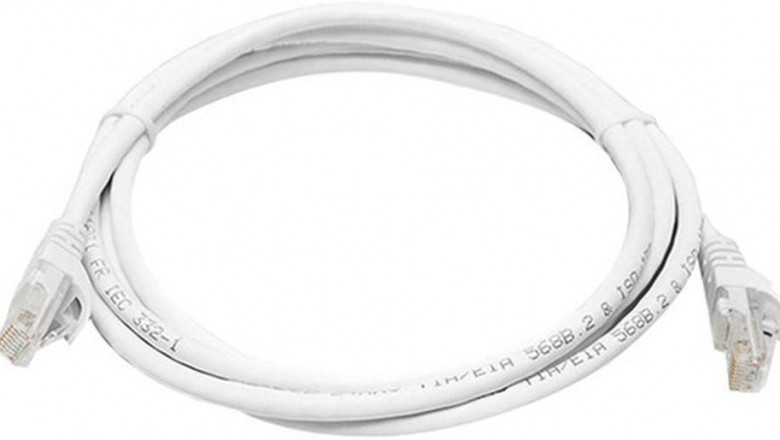views
Selecting the appropriate networking cable is crucial for ensuring optimal performance and reliability in your network infrastructure. Kuwes offers a diverse range of networking cables tailored to various applications. This guide will help you navigate through their offerings to find the cable that best suits your needs.
Understanding Networking Cable Categories
Networking cables are categorized based on their performance capabilities, including data transfer speeds and bandwidth. The most common categories are Cat5e, Cat6, Cat6a, Cat7, and Cat8. Here's a brief overview:
-
Cat5e: Supports speeds up to 1 Gbps with a bandwidth of 100 MHz. Suitable for basic networking needs.
-
Cat6: Handles speeds up to 1 Gbps over longer distances and up to 10 Gbps over shorter distances, with a bandwidth of 250 MHz. Ideal for home and small business networks.
-
Cat6a: Supports up to 10 Gbps speeds with a bandwidth of 500 MHz, offering better performance over longer distances compared to Cat6.
-
Cat7: Designed for 10 Gbps speeds with a bandwidth of 600 MHz, featuring improved shielding to reduce interference.
-
Cat8: Supports up to 40 Gbps speeds with a bandwidth of 2000 MHz, suitable for data centers and high-performance computing environments.
Assessing Your Networking Requirements
To choose the right Kuwes networking cable, consider the following factors:
-
Data Transfer Speed: Determine the maximum speed your network requires. For instance, if you're setting up a home network primarily for internet browsing and streaming, Cat6 cables may suffice. However, for high-demand applications like large file transfers or gaming, higher categories like Cat7 or Cat8 might be more appropriate.
-
Distance: Consider the length of cable runs. Higher category cables maintain better performance over longer distances. For example, Cat6 cables can handle 10 Gbps speeds up to 55 meters, while Cat6a extends this up to 100 meters.
-
Interference: In environments with significant electromagnetic interference (EMI), such as industrial settings, cables with better shielding (like Cat7 or Cat8) can help maintain signal integrity.
-
Future-Proofing: If you anticipate upgrading your network infrastructure or increasing data demands, investing in higher category cables can be a cost-effective strategy to accommodate future needs.
Exploring Kuwes Networking Cable Options
Kuwes provides a variety of networking cables across different categories. Here are some notable options:
-
Kuwes Cat6 UTP Cable (305M): This unshielded twisted pair cable is made with 100% full copper conductors, ensuring excellent performance for demanding networking environments. It's ideal for high-speed data transmission and supports long-distance installations without signal degradation.
-
Kuwes RJ45 Cat6 Plus LAN Network Cable (5M): Featuring heavy-duty gold-plated connectors and a durable, waterproof design, this cable supports high-speed data transfer up to 1 Gbps. It's suitable for both indoor and outdoor installations where durability is a concern.
-
Kuwes Cat 7 Network Ethernet Cable (5M): Designed for high-performance networks, this Cat7 cable supports data transfer rates up to 10 Gbps. Its enhanced shielding reduces interference, making it ideal for environments with high EMI.
-
Kuwes Cat8 Patch Cable (2M): This high-speed cable supports data transfer rates up to 40 Gbps, suitable for data centers and high-performance computing environments. Its robust design ensures durability and reliable performance.
Making the Decision
When selecting a Kuwes networking cable, align your choice with your current and anticipated networking needs. Get advise from leading kuwes supplier. For standard home or small office setups, Cat6 cables often provide a good balance between performance and cost. In contrast, enterprise environments or setups requiring higher data transfer rates and reduced latency may benefit from Cat7 or Cat8 cables.
Conclusion
Choosing the right networking cable is essential for building a reliable and efficient network. By understanding the different cable categories and assessing your specific requirements, you can select a Kuwes cable that meets your needs and supports your network's performance both now and in the future.














Comments
0 comment